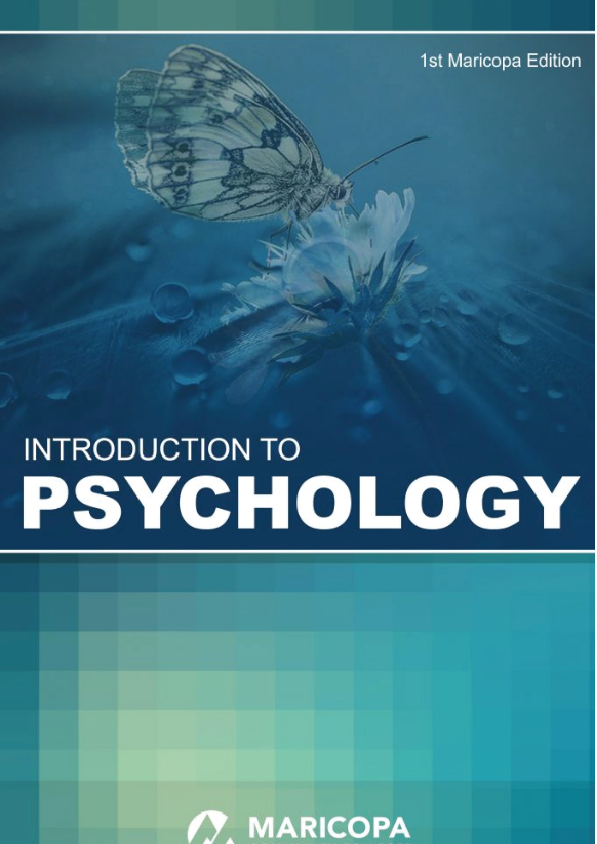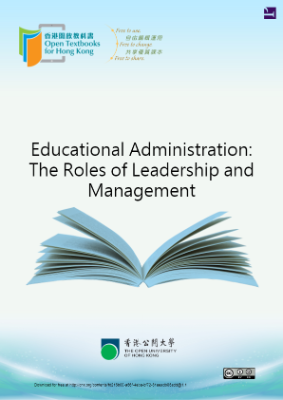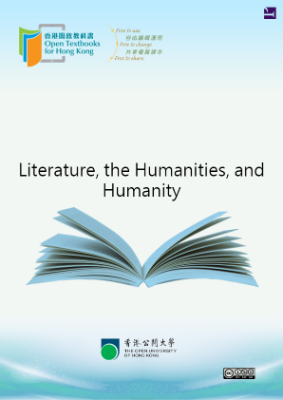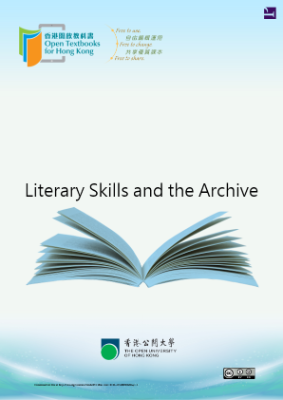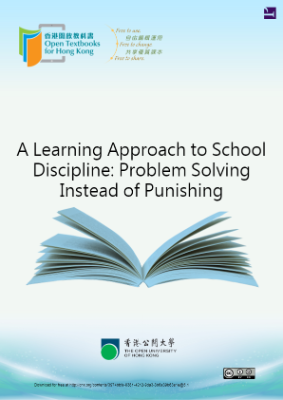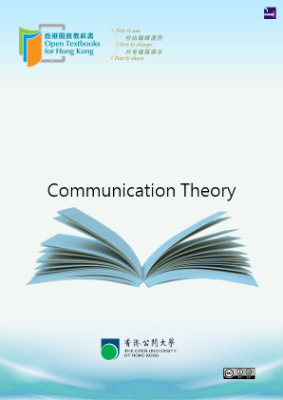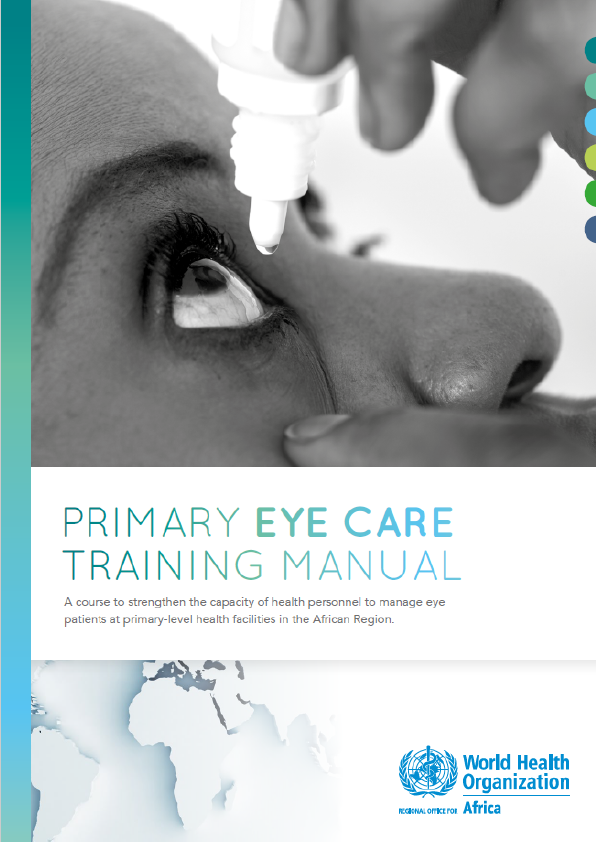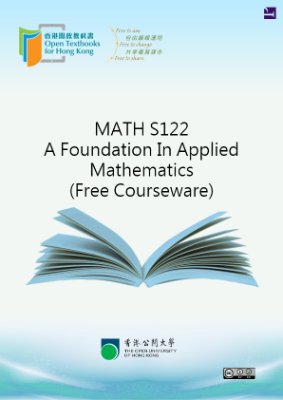Clive Wearing is an accomplished musician who lost his ability to form new memories when he became sick at the age of 46. While he can remember how to play the piano perfectly, he cannot remember what he ate for breakfast just an hour ago (Sacks, 2007). James Wannerton experiences a taste sensation that is associated with the sound of words. His former girlfriend’s name tastes like rhubarb (Mundasad, 2013). John Nash is a brilliant mathematician and Nobel Prize winner. However, while he was a professor at MIT, he would tell people that the New York Times contained coded messages from extraterrestrial beings that were intended for him. He also began to hear voices and became suspicious of the people around him. Soon thereafter, Nash was diagnosed with schizophrenia and admitted to a state-run mental institution (O’Connor & Robertson, 2002). Nash was the subject of the 2001 movie A Beautiful Mind. Why did these people have these experiences? How does the human brain work? And what is the connection between the brain’s internal processes and people’s external behaviors? This textbook will introduce you to various ways that the field of psychology has explored these questions.
After reading this textbook and successfully completing PSY 101, Maricopa Community Colleges hopes that you have gained important knowledge and skills within the field of psychology. Think of the Course Competencies as goals to work towards and master as you work through the course. Some of the course competencies are chapter-specific and others can be applied to several different chapters. You will see the primary course competencies to keep in mind listed in a shaded purple box at the beginning of each chapter and listed again at the end of each chapter for review. Here are the primary goals for you to make sure that you learn by the end of this chapter.
Distinguish between the science of psychology and parapsychological, pseudoscientific, or popular representations of psychology that fall outside the scope of science.
Course Competencies throughout each chapter. You will see them often!)
- Critically evaluate information to help make evidence-based decisions.
- Apply biopsychosocial principles to real-world situations.
- Use psychological principles to explain the diversity and complexity of the human experience.
These green shaded boxes break down the text by section. They provide more specific learning objectives of what you will learn. By the end of this section, you will be able to:
- Define psychology
- Understand the merits of an education in psychology
What is creativity? Why do some people become homeless? What are prejudice and discrimination? What is consciousness? The field of psychology explores questions like these. Psychology refers to the scientific study of the mind and behavior. Psychologists use the scientific method to acquire knowledge. To apply the scientific method, a researcher with a question about how or why something happens will propose a tentative explanation, called a hypothesis, to explain the phenomenon. A hypothesis should fit into the context of a scientific theory, which is a broad explanation or group of explanations for some aspect of the natural world that is consistently supported by evidence over time. A theory is the best understanding we have of that part of the natural world. The researcher then makes observations or carries out an experiment to test the validity of the hypothesis. Those results are then published or presented at research conferences so that others can replicate or build on the results.
